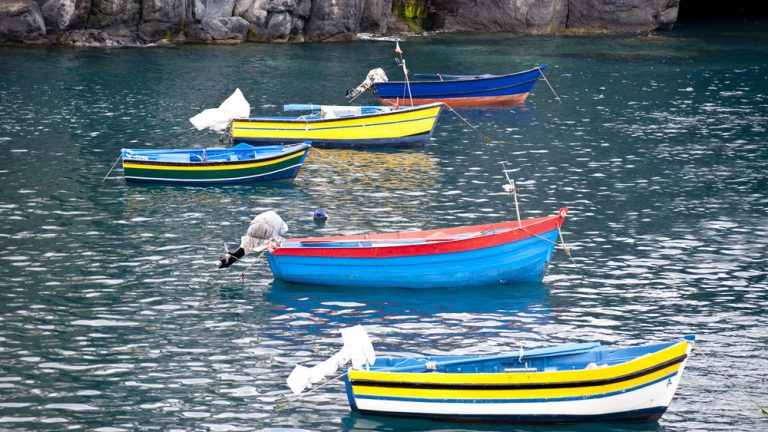
What Are Dolphin Tours?
Dolphin tours are very popular attractions for many families to enjoy their vacation. Typically, vacation destinations are the ideal adventure for those who love to mix the pleasure of traveling with sea adventures to make their vacation truly memorable. When people choose on a vacation destination, they usually pick a tropical region, like Hawaii that has a large number of visitors every year. Oahu and Kaui are their most populated areas with nearly 87,000-12,000 visitors each month., because of their well-known big island dolphin tours. The popularity of dolphin tours is an experience that’s adored by many because the variety of adventures that one can emerge themselves in during boat tours.
Why To Choose Dolphin Tours?
Typically, dolphin tours take place in Hawaii because they provide the natural abundance that entails all the fun of a boat tour. The popularity surrounding dolphins is based heavily around Hawaiian mythology that hold dolphins to symbolic means in their culture—Spinner dolphins are the primary basis of their history. During dolphin tours there is a portion of the tour that offers a snorkeling experience for tourist wanting to interact directly with the dolphins. When snorkeling, groups are compacted in a small group that lets them surface, breathe, and swim in synchronization which allows everyone to enjoy a scenic underwater travel route while remaining safe. In 2017 alone, there were nearly 8.38 million people that actively participate in snorkeling and recreational boating in the U.S—big island dolphin tours are expected to increase by $1.4 trillion in the near future because of the influx of traveling denoted by the need for new experiences.
Benefits of Dolphin Tours
1. Swimming or even seeing dolphins is an unforgettable experience that many families take their children to provide a better understanding of wildlife and nature. Most families prefer their first vacation to be a memorable experience that provides their child one of many life lessons and its beauties that are accentuated through nature itself. “First-time” experiences that happen on a vacation often leave a profound impact in their lives—its meaningful memories allow for children to cherish and hold these lessons to resonate as they grow older.
2. Dolphins are considered to be one of the most prized animals in wildlife. Their closely watched preservation makes them one of the most popular attractions—their gentle nature combined with their friendly demeanor makes for a desirable experience anyone would love to be a part of. Imagine your child coming in close contact with a dolphin—a moment that would genuinely make a good dolphin experience.
3. Having an in-dept understanding of nature is important to knowing how to better the world. The nature and wildlife surrounding us is often a key component to the origins of civilization and the primary basis of how we interact in different situations, sometimes with both man-made or unnatural experiences. Allowing your children to go on a snorkeling tour or any offshore adventures creates a destination bound for experience and fun.
4. The scenery on a vacation is essential when factoring in why we choose our destinations. The need to travel is compounded by the feel of relaxation when they decide to take a vacation to unwind from their hectic schedule. When planning a vacation, nearly 74% of vacationers choose the beach for their ideal getaway—the coast is usually what they envision. The coast is the most populated area during the summer and winter months because of its consistent weather that most enjoy year-round.
5. Lest not forget the main purpose of dolphin tours….FUN! It’s imperative to make sure you and your family enjoy Kona sea adventures and understand why the beauty of nature is so precious to us. The reason behind companies hosting sea adventures is the main purpose wildlife preservation is thriving as such, but also pertains to the stream of domestic travelers, which nearly accounts for 7.6 million jobs in the U.S and the influx of domestic travel which makes up at least 85% of traveling expenditures and increased almost 2% during the fiscal year in 2017.
